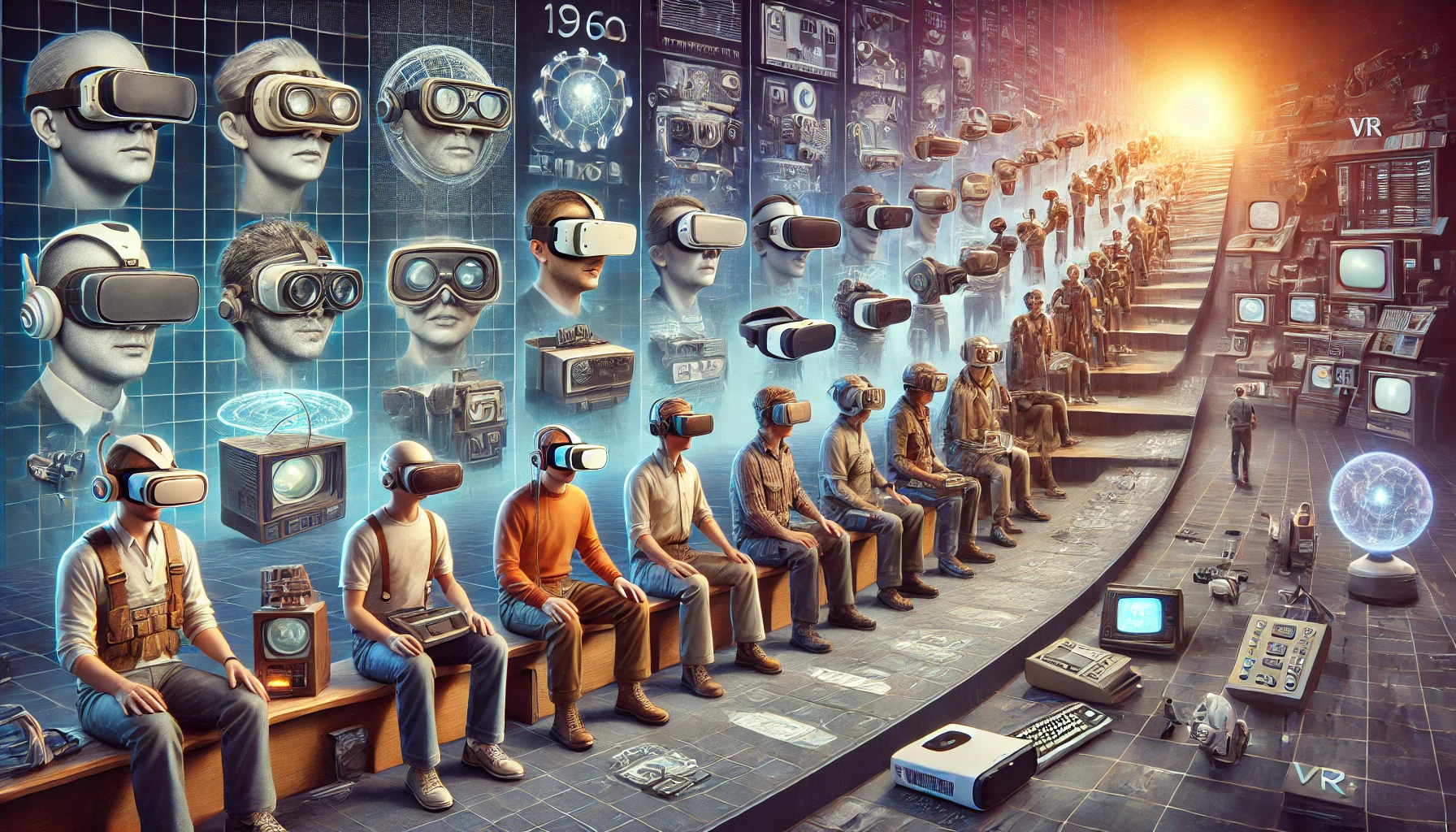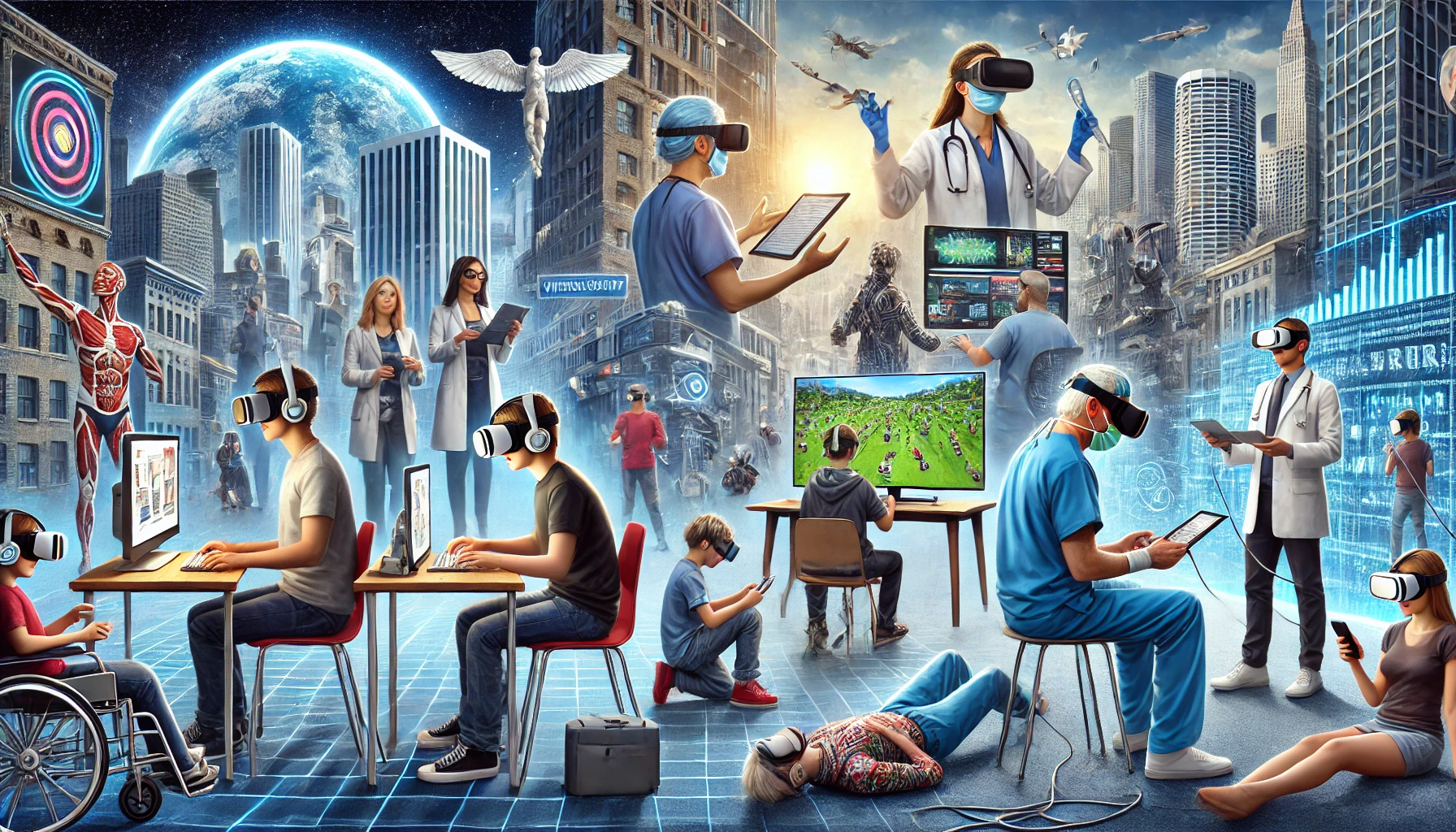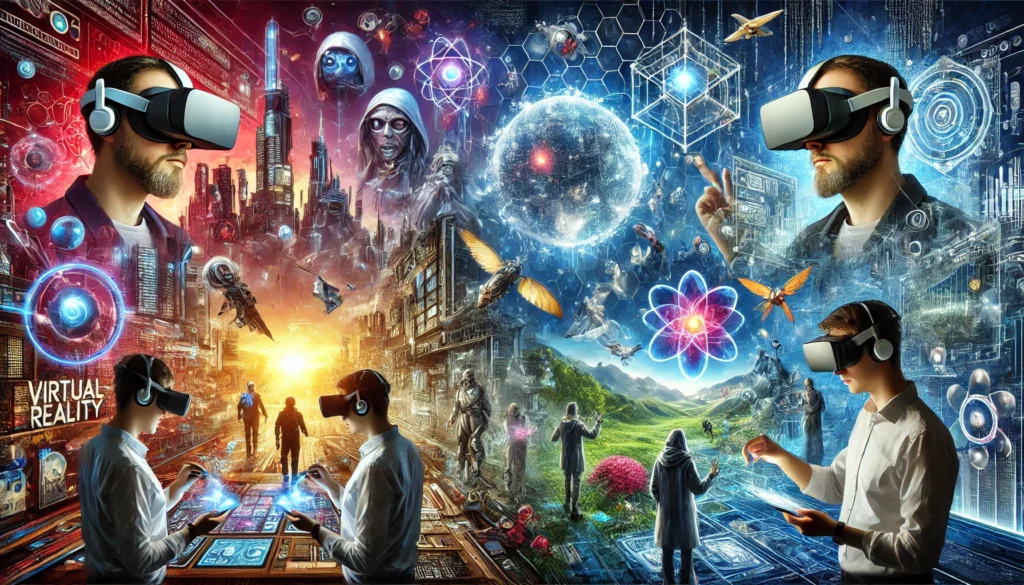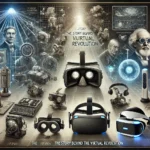Introduction
Virtual Reality (VR) systems are revolutionizing how humans interact with technology, creating immersive digital environments that bridge the gap between imagination and reality. These systems go beyond traditional digital interfaces, allowing users to interact with three-dimensional virtual spaces as if they were physically present. From gaming to healthcare, VR systems are reshaping industries, transforming user experiences, and opening up limitless possibilities. This article explores the core concepts, evolution, technologies, applications, and future trends of virtual reality systems, offering a comprehensive understanding of this cutting-edge innovation.
Understanding Virtual Reality Systems
What are Virtual Reality Systems?
Virtual Reality systems are advanced technology platforms designed to create fully immersive, computer-generated environments that users can interact with in real-time. By leveraging a combination of hardware, software, and sensory feedback tools, VR creates a bridge between digital imagination and tangible experience.
Key Components:
- Hardware: VR headsets, motion controllers, sensors
- Software: VR applications, game engines, development kits
- Interfaces: Haptic devices, gesture controls, and voice commands
These components work together to provide an immersive experience, allowing users to navigate and interact with virtual environments seamlessly.
How Do Virtual Reality Systems Work?
VR systems rely on sophisticated hardware and software to simulate realistic virtual experiences.
- Sensors and Motion Tracking: Sensors track head, hand, and body movements, enabling seamless interaction with virtual spaces.
- VR Headsets: Deliver high-definition visuals directly to the user’s eyes, creating a stereoscopic 3D effect.
- Haptic Devices: Provide tactile feedback to simulate the sense of touch.
- Real-Time Rendering: Ensures smooth and responsive environments through powerful graphic engines.
- Spatial Audio: Enhances immersion by simulating 3D soundscapes.
Types of Virtual Reality Systems
- Non-Immersive VR: Limited interaction using desktop-based simulations.
- Semi-Immersive VR: Large screens or projection systems provide partial immersion.
- Fully Immersive VR: Headsets, sensors, and motion-tracking devices deliver complete immersion into virtual environments.
- Collaborative VR: Multiple users interact within the same virtual environment, enhancing teamwork and shared experiences.

The Evolution of Virtual Reality Systems
The history of VR is a journey of technological innovation and human creativity.
- Early Beginnings: The concept of VR originated in the 1960s with early attempts at head-mounted displays and flight simulators.
- Key Milestones: The introduction of devices like the Oculus Rift, HTC Vive, and PlayStation VR set the foundation for modern VR experiences.
- Innovators: Companies such as Oculus, HTC, Sony, and Valve have played pivotal roles in advancing VR technologies.
- Current Trends: Integration with Artificial Intelligence (AI), 5G technology, and cloud computing has pushed VR systems to new heights.
Key Technologies Behind Virtual Reality Systems
VR Hardware Components
- Head-Mounted Displays (HMDs): Provide users with high-resolution visuals.
- Motion Controllers: Allow users to manipulate objects within the virtual space.
- Haptic Devices: Enable users to feel physical feedback.
- VR Treadmills: Allow natural walking and running movements in virtual spaces.
VR Software Platforms
- Game Engines: Unity and Unreal Engine are popular tools for VR application development.
- VR Frameworks: Open-source frameworks such as OpenVR enable developers to build VR experiences.
- Middleware Solutions: Tools that simplify VR content creation and deployment.
Supporting Technologies
- Artificial Intelligence (AI): Enhances personalization and predictive behaviors.
- Machine Learning: Improves user interaction and performance analysis.
- Augmented Reality (AR) & Mixed Reality (MR): Create hybrid experiences by blending virtual and physical worlds.
- 5G Connectivity: Reduces latency and enhances real-time data processing.
Applications of Virtual Reality Systems
Entertainment and Gaming
- Immersive VR gaming experiences with real-time interaction.
- VR theme parks offer adrenaline-filled adventures.
- Cinematic VR for 360-degree storytelling.
Education and Training
- Virtual classrooms with immersive teaching environments.
- Medical simulations for surgical practice.
- Aviation training using realistic VR cockpits.
Healthcare
- VR therapy for mental health treatment (e.g., anxiety and PTSD).
- Surgical training in controlled virtual environments.
- Rehabilitation exercises guided by VR simulations.
Real Estate and Architecture
- Virtual property tours for real estate buyers.
- Architectural design visualization in 3D spaces.
- Collaborative building design reviews in virtual meetings.
Industrial Applications
- Virtual prototyping for product development.
- Training workers in hazardous environments.
- Remote collaboration for global teams.

The Impact of Virtual Reality Systems on Society
Positive Impacts:
- Enhanced accessibility to education and training.
- Innovative entertainment experiences.
- Improved remote collaboration.
- Boosted productivity across industries.
Negative Impacts:
- Risk of technology addiction.
- Privacy and data security challenges.
- Increased social isolation with overuse.
Balancing Technology and Well-being:
The responsible use of VR is critical. Proper guidelines and user education can minimize risks while maximizing benefits.
Challenges and Limitations of Virtual Reality Systems
- Hardware Costs: Advanced VR equipment remains expensive.
- Technical Barriers: Motion sickness, latency, and hardware limitations.
- Privacy Concerns: Data breaches and security vulnerabilities.
- Adoption Resistance: Limited awareness and acceptance in certain industries.
Future of Virtual Reality Systems
- Emerging Trends: Integration with AI and cloud technology.
- Brain-Computer Interfaces: Direct brain-to-device communication.
- Future Predictions: VR is becoming mainstream across industries and personal use.
Conclusion
Virtual Reality systems combine technology and imagination to create experiences once thought impossible. Their potential spans education, healthcare, entertainment, and beyond, promising an exciting future where digital and physical realities seamlessly coexist.
FAQs
1. What are the differences between VR, AR, and MR?
- VR creates fully immersive digital spaces.
- AR overlays virtual objects onto real environments.
- MR blends real and virtual worlds interactively.
2. Are VR systems costly?
- Costs depend on hardware and software requirements.
- Budget-friendly options are becoming available.
3. Can VR cause health issues?
- Prolonged use may cause eye strain and motion sickness.
- Regular breaks can reduce side effects.
4. What industries are benefiting the most from VR?
- Gaming, healthcare, real estate, education, and manufacturing.
5. Is VR technology future-proof?
- With constant innovation, VR will continue evolving and expanding its applications.



